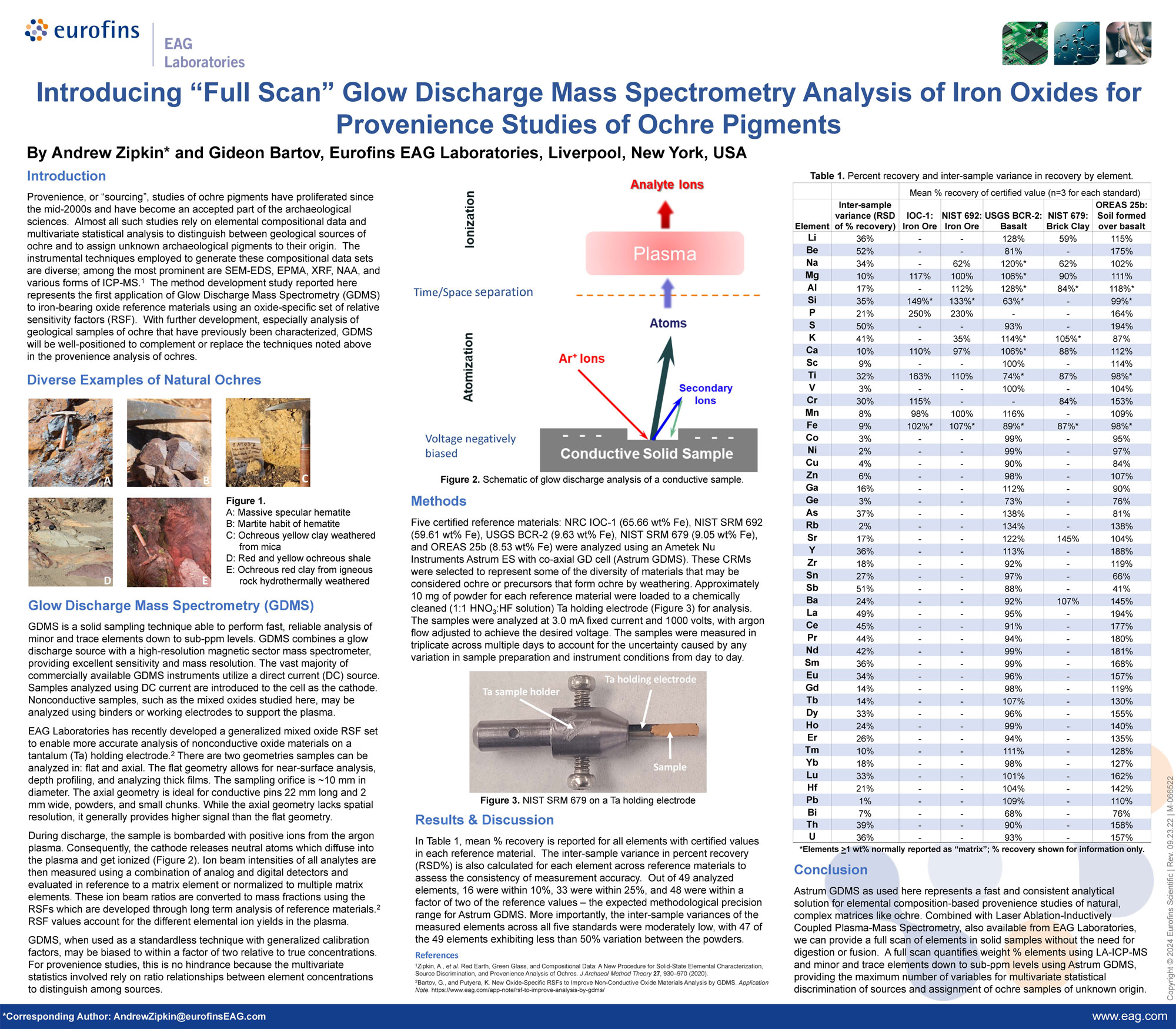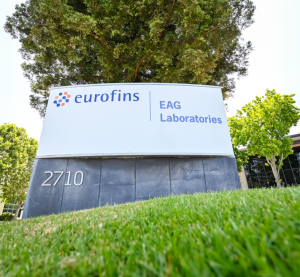
Solid-State Batteries: Powering the Next Generation of Energy Storage
Solid-state batteries are redefining energy storage. Learn about the five families of solid-state electrolytes (SSEs) and how Eurofins EAG Laboratories provides advanced materials and interface analysis to support the next generation of battery analysis.




